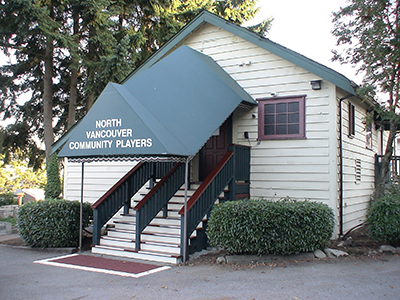Volunteer with NVCP!
The North Vancouver Community Players (NVCP) is a 100% volunteer organization. There are numerous opportunities for you to get involved in creating or organizing theatre productions. No prior theatre experience is needed. We will train the untrained and you’ll have fun during the process! We look after our volunteers and treat everyone equally, no matter what age or skill level, there’s a place for you On Stage or Behind The Scenes!!
If you are interested in volunteering for The North Vancouver Community Players, please send us an email to info@northvanplayers.ca.
We’d love to hear from you!
Become a member today! Visit our Membership page for all the details!

